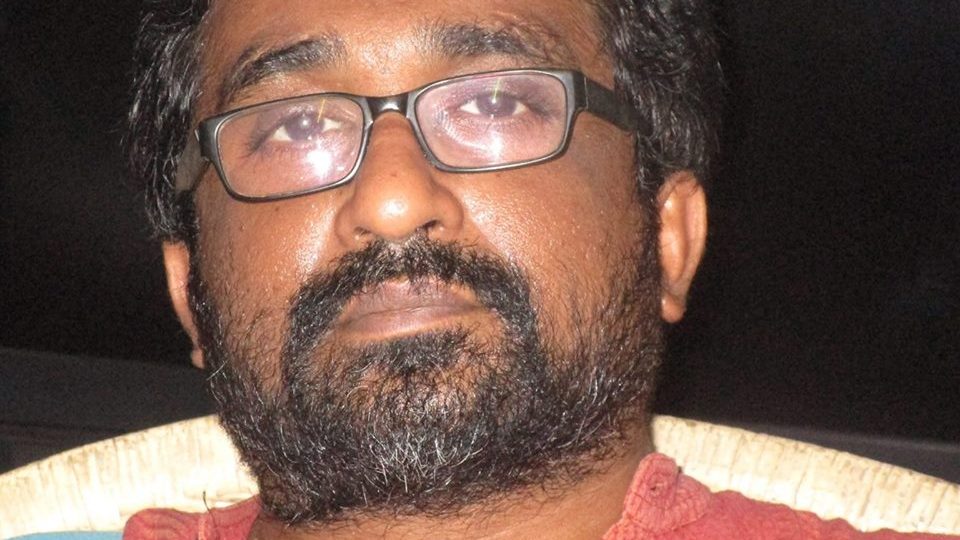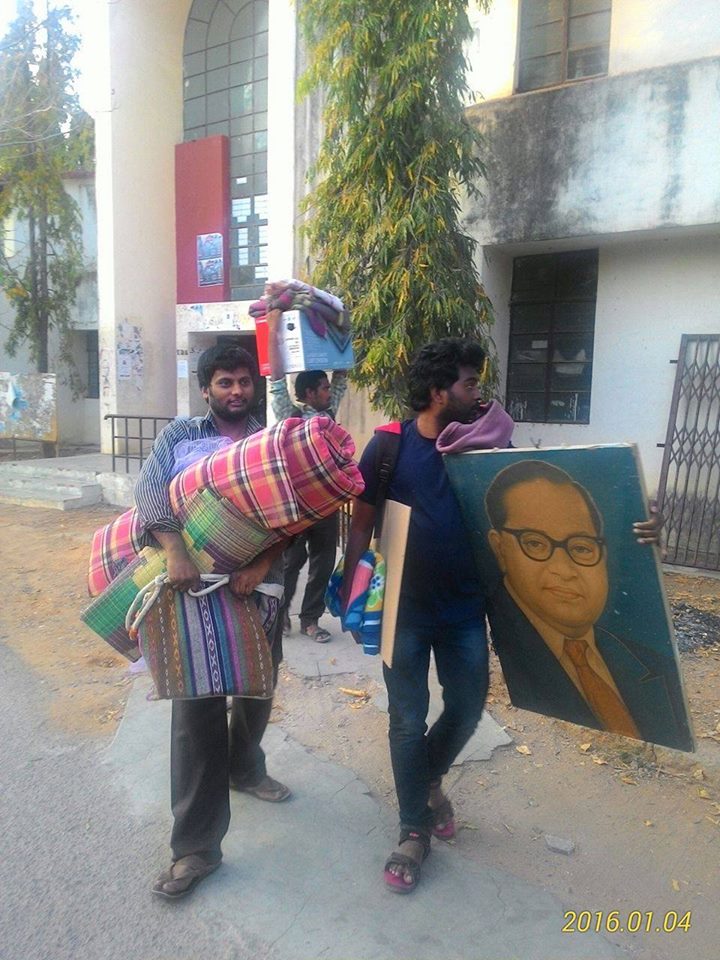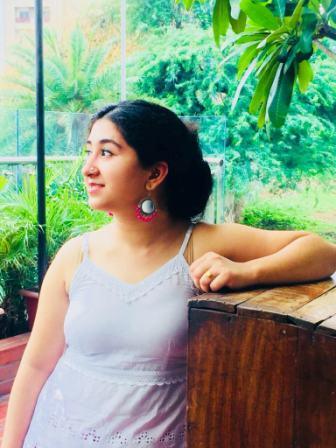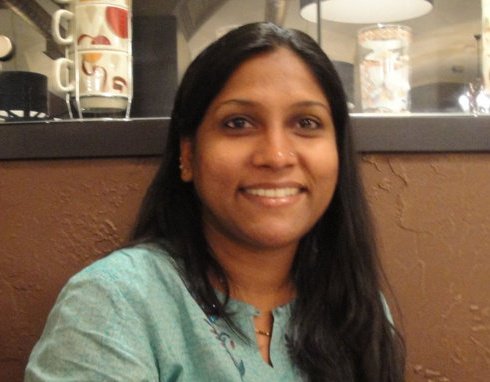Bobby Kunhu
 “It is the nature of physics to hear the loudest of mouths over the most comprehensive ones.”
“It is the nature of physics to hear the loudest of mouths over the most comprehensive ones.”
― Criss Jami, Killosophy
In discussions relating to identity in South Asia – when the obviously relevant argument that it is only the privileged that can claim an identity devoid of religion and caste is raised, I smile within myself – because, while I hear and empathize with the argument, my case is one of those exceptions that prove the rule. My identity is one that is born out of my father’s existential angst having been at the receiving end and witness to brutal communal violence.
The year was 1967 and my father was working as a civil engineer with the Heavy Engineering Corporation (HEC), Ranchi (then a part of Bihar) – a public sector undertaking. Massive communal violence broke out in Ranchi. My father metaphorically remembers that the River Subarnarekha had turned red with all the spilt blood. Born a Mappila, my father remains a staunch atheist. My maternal grandfather has told me that he used to be part of the Bihar Rationalist Association as well. Further, he had a name that could not be associated with Islam outside Kerala. Neither his atheism nor his name was of any help when mobs attacked the personnel office of HEC to raid for the personal documents of employees to identify Muslims from South India. My father went into hiding and lived almost three months under the stairwell of one of his closest Hindu friends. When things didn’t seem to be returning to normal, his friends organized a mock RSS rally placing my father at the center of it. The rally went up to Muri, the next station after Ranchi and put him on a train back home. Thereafter, he had to spend almost an year at home with pay till things returned to normal in Ranchi.
Out of the scars of this experience, the idea of Bobby was born a good six years before I was physically born. My father and maternal grandfather conspired to find Bobby as my name against a larger practicing Muslim family – so that it cannot be associated with any religion. He ensured that none of my personal documentation had evidence of caste or religion – reservations notwithstanding. His staunch faith in Nehruvian Secularism – which is something that leads to many quarrels between us – and his experience of this violence along with perhaps a foreboding of what was to come – ensured that this was his idea of protecting his son. This is also perhaps the trigger for my later interest in identity based violence.
India and Pakistan were born soaked in blood that was the price for the fame, glory and immortality of a few savarna and white people. It would not be an exaggeration to say that the partition of South Asia was the second worst human made disaster after the Holocaust. An estimated 2 million lives were lost as against over 15 million under Nazi Europe. Perhaps this post-colonial disaster would also tantamount to be the worst known riots in the history of humankind. This is apart from other violence like rape, loss of livelihoods, destruction of properties, dacoity etc. Every organization that existed in the North, East and West India needs to take responsibility for the bloodshed. The evolution of the polities in India, Pakistan and Bangladesh are deeply rooted in this single event. In my opinion, this was also the last “riot” that these countries have seen.
When I say, the last riot, we need to examine what the word “riot” specifically means and what it signifies in the public space. Literally Merriam-Webster defines riot for this context as a violent public disorder,specifically: a tumultuous disturbance of the public peace by three or more persons assembled together and acting with a common intent, while Cambridge defines it as an occasion when a large number of people behave in a noisy, violent, and uncontrolled way in public, often as a protest. Meanwhile, in the popular imagination riot brings about the imagery of anarchic violence that is anything, but designed. Further, the western definition of riot as the Cambridge dictionary points out signifies an element of protest and assertion of politics of the marginalized as against the public discourse of riots in South Asia which popularly has come to mean violence between communities.
Post partition, every region of South Asia has seen inter-communal, inter-ethnic, inter-linguistic and inter-caste violence sporadically at regular intervals. Often times this violence has reached proportions of pogrom or genocide as in the cases of 1984 against Sikhs almost all over India and 2002 in Gujarat. In my opinion all these violence are rooted in assertions of identity socially and politically and a majoritarian need to subsume all hegemonic identities within its peculiar post-colonial aspirations and grand narrative of patriotism and nationalism that the social majorities of these nation states want.
If one takes a cursory look at all inter-community ‘riots’ (here I am using the word community to denote religious, caste, ethnic and linguistic identities) since 1947 (or even before) across South Asia generally and India specifically – a pattern becomes obvious. What passes off as riots are essentially part of a larger social scheme to disenfranchise groups that are perceived as a threat to the grandiose majoritarian narrative of the Nation. Not even for a moment am I suggesting that there is a conspiracy (nor am I suggesting that this is not part of the agenda of right wing majoritarian groups such as the RSS in India). What I am implying is that these violence are part of a social psyche for which any notion of equality is anathema and anyone asking for equality as a right has to be immediately disenfranchised and put in place. What I am also implying is that calling these violence riots is normalizing the reactionary violence that wants to retain a hegemonic status quo.
It is pertinent to point out that these violence have mostly been lopsided where the victims would be from communities that are already disenfranchised or being sought to be disenfranchised. It would also be pertinent to point out that except for a few exceptions like the Gujarat genocide or the anti-Sikh pogroms or the murder of the Staines family – most people affected by these violence have been people already at the bottom of the social ladder in South Asia. I know inter-community violence isn’t the proper terminology to be used here. I am searching for a new word that can capture what I intend to convey. In the meantime “riots” – where people only from certain communities die, really?
I keep asking myself this question, why was it that my father had to hide and feel eternally indebted to his friends for saving his life, why wasn’t it the other way if it was really a communal strife? No, I will never wish my father’s experience for anyone. But to ensure that doesn’t happen, shouldn’t we poke holes into the falsehoods of the discourse that normalizes hegemonic violence.
“Where property damage is a greater offense than genocide.” – Darnell Lamont Walker
~~~
Bobby Kunhu is a lawyer, researcher and writer.










